A picture really is worth a thousand words. We know that viewers retain 95% of a message when they watch it in a video versus 10% when reading it in text, and conversion rates are up to three times higher. With today’s cacophony of imagery, powerful yet simple tools are needed to ensure you can cut through the clutter.
Virtual visualization is one of the most powerful tools you can use to showcase products, ideas or plans. A virtual visualization can help your customers, investors or visitors better understand what to expect from programs or services – especially those which might not yet exist.
Understanding virtual visualization techniques
Virtual visualization combines existing and emerging technologies, many from the gaming industry, that give you a significant competitive edge. From massive industrial units to subatomic structures, it allows you to communicate your product and service easily and can often turn the mundane into a thing of beauty.
Virtual visualizations are also useful for remote learning or meetings, and for digital applications such as website demos or virtual conferences. Visualizations bring life to well-designed websites and help increase visitor engagement.
There are four main techniques used in virtual visualizations:
1. Infographics (moving or static)
Visual images that use charts or diagrams to represent information or data.
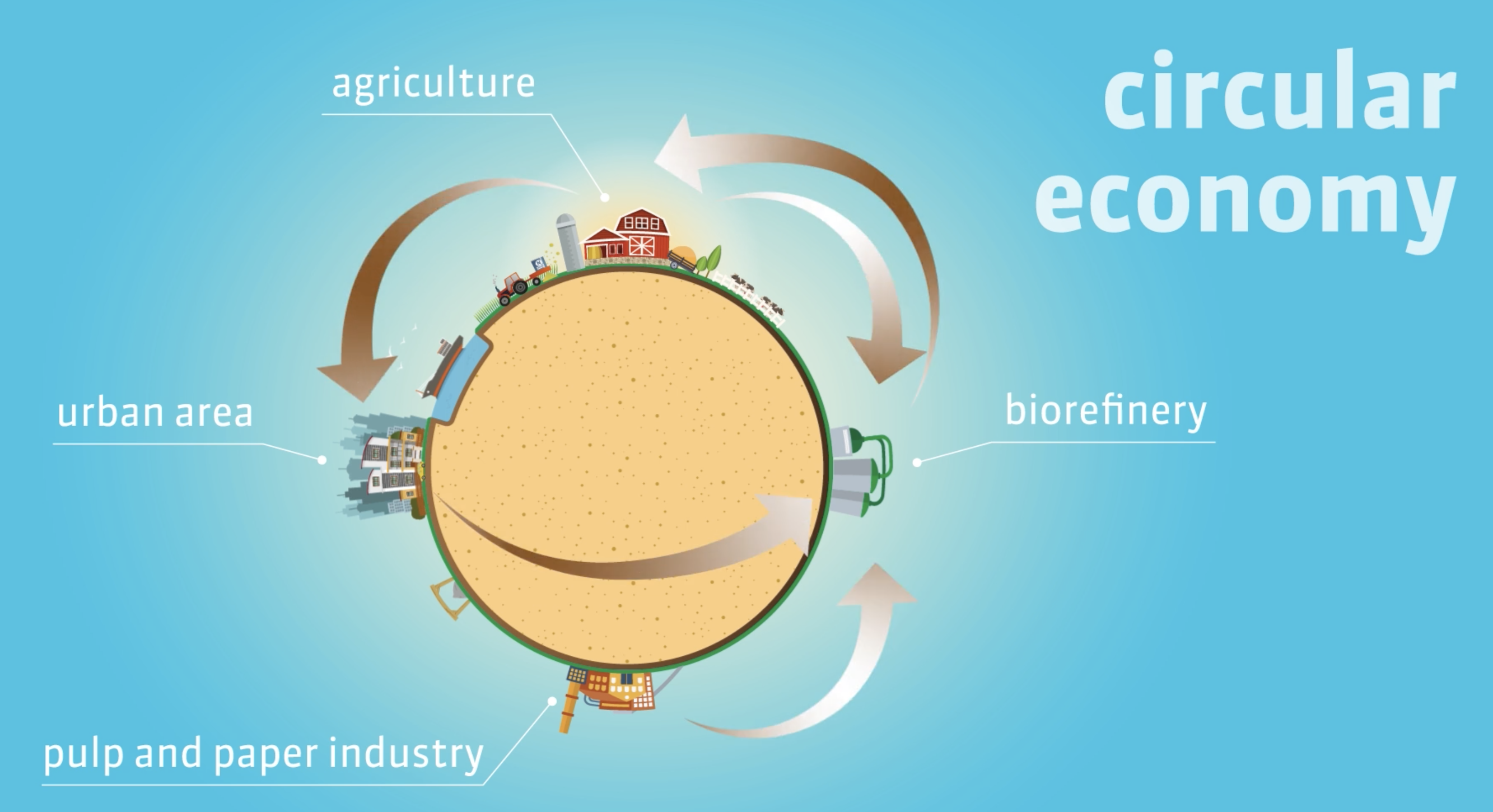
2. 2D animation
Illustrations use a “flat” image – with only two dimensions – to represent the horizontal and vertical (X and Y) planes.
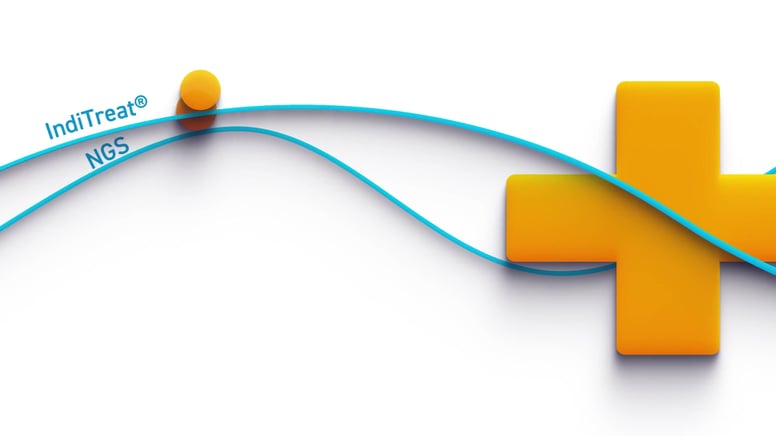
3. 3D animation
These visualizations add a third dimension, accounting for “depth,” in addition to length and breadth and can appear more realistic.
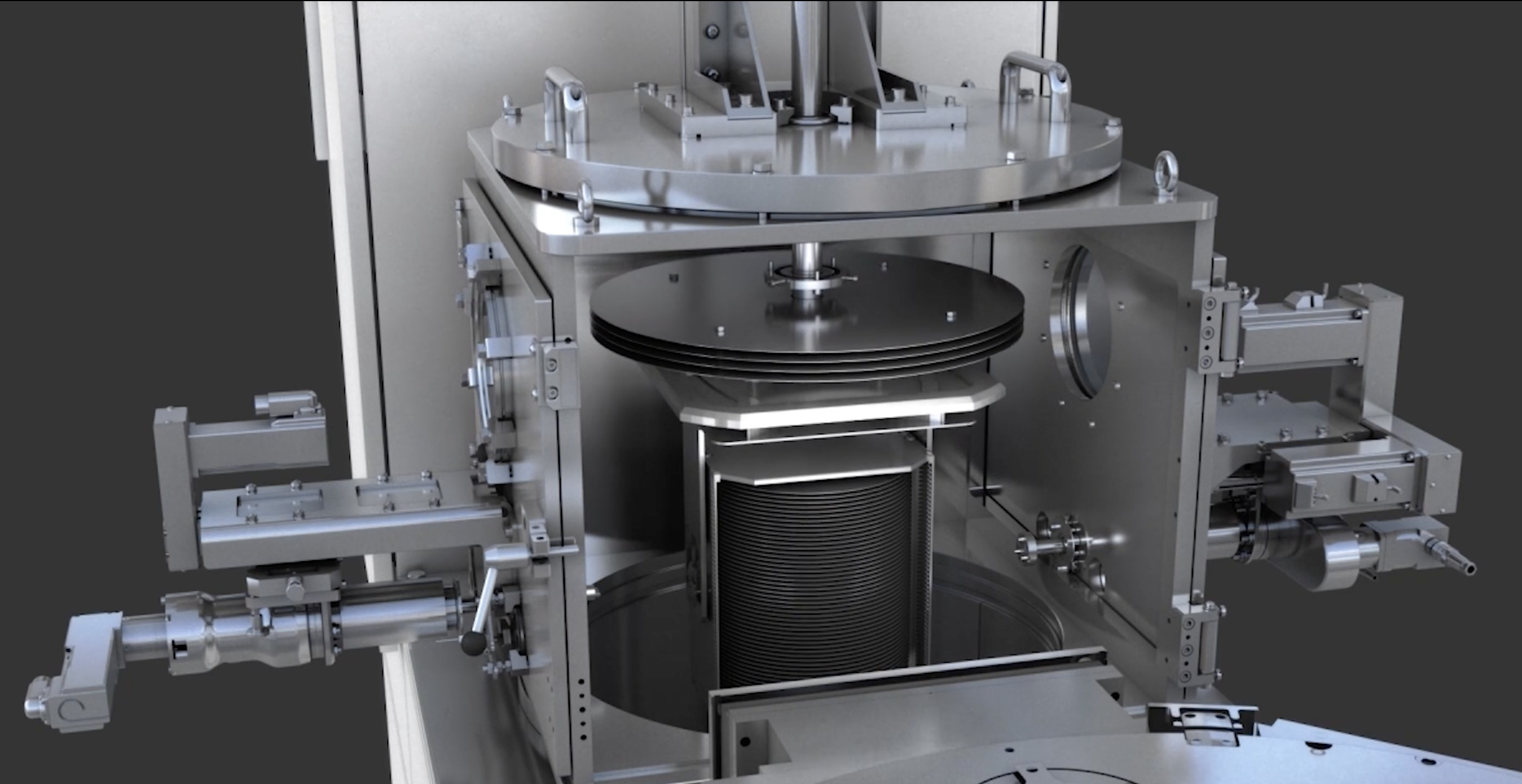 4. Virtual reality (VR)
4. Virtual reality (VR)
This type of visualization technique is the most realistic and can mimic the real world so completely that it can be used for training, testing or building if combined with sensors that locate the position in “real” space.
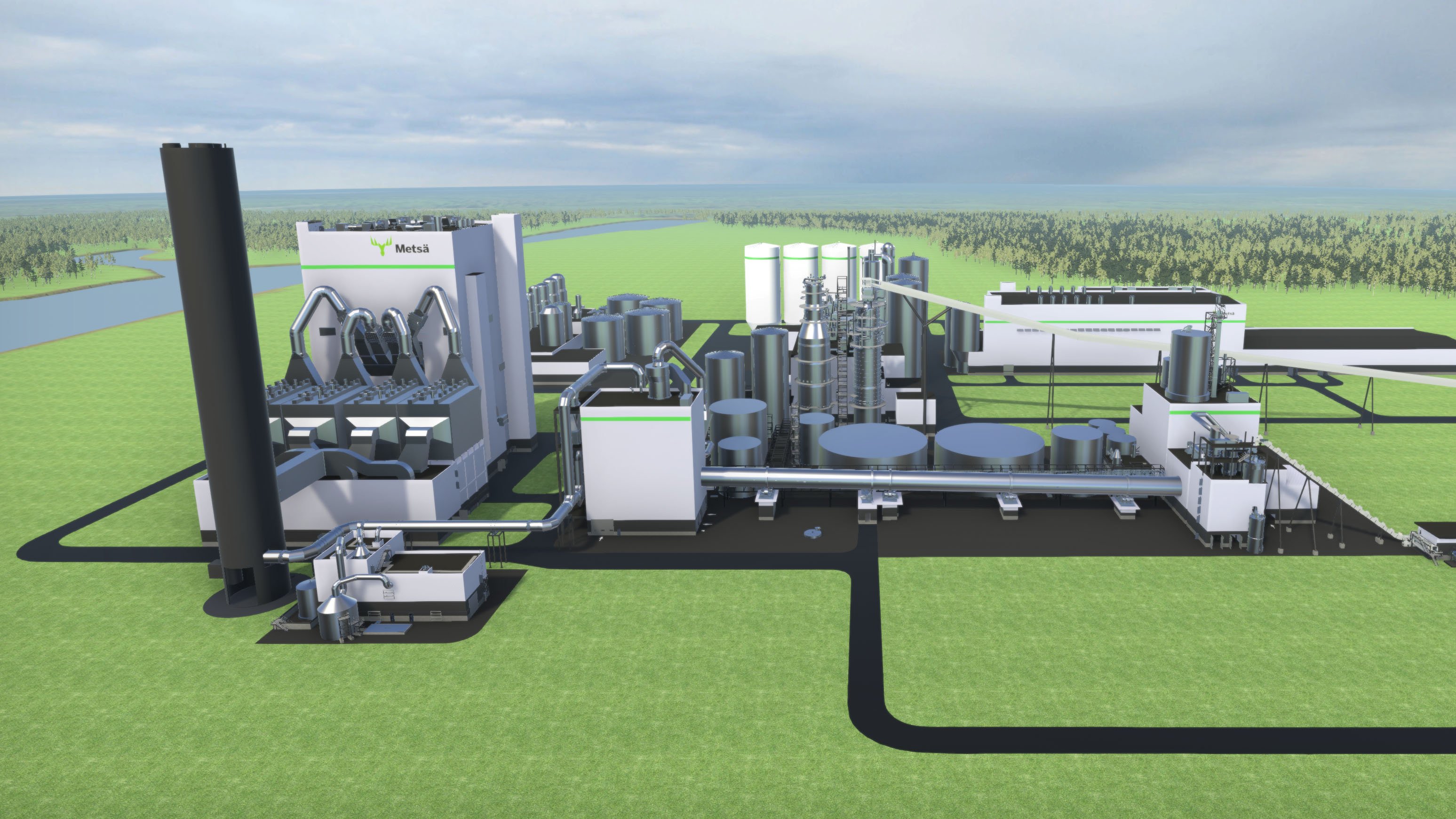
Of course, it’s essential to choose the correct technique for the intended purpose.
Immersive vs. non-immersive visualization
Non-immersive visualizations include traditional illustrations, infographics, still and video photography. Virtual reality productions, on the other hand, enable entirely new experiences. These can be applied to training situations, safety and maintenance guides, simulations, site visits, process descriptions and more.
Often, VR production is based on a 3D modeling of a factory, machine, or product that is imported as files for visualization. The skilled visualist brings your engineering plan to life, creates a virtual environment, provides realistic details and surfaces, shows lighting and shadows to give a profoundly immersive story.
You can model a structure, environment, product, or solution that does not yet exist. Visualizing these can create material that can be used early in product development, customer and user testing, marketing, or to help obtain funding. Imagine the credibility you gain when visualizing your product to a VC!
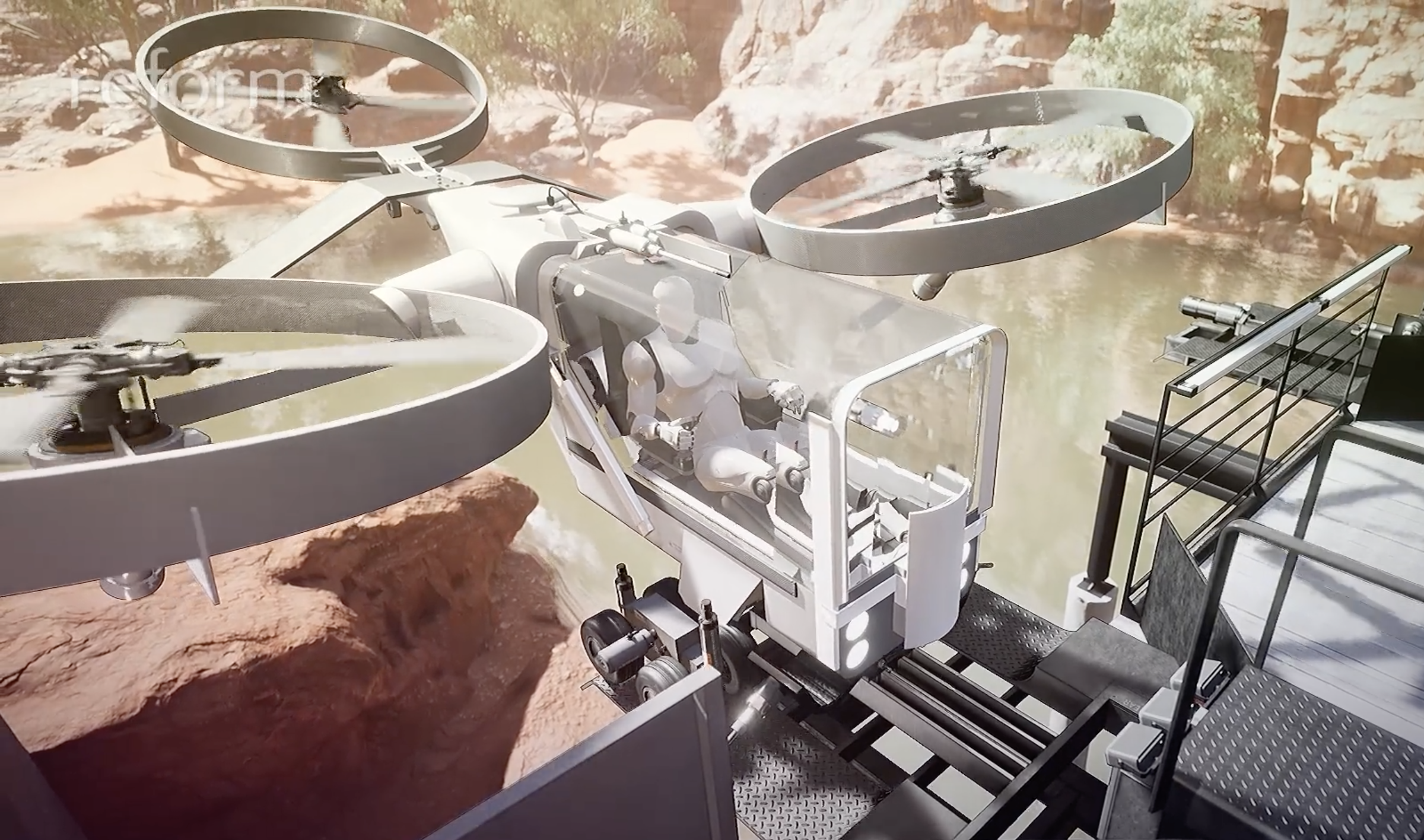
3D virtual visualization and virtual reality can be used to envision products or ideas in a realistic way that can inspire acceptance, adoption or financing.
Many different markets can be served. Examples include manufacturing, technology, computing, architectural environments and facilities, industrial products, and bio/medical modeling.
- In medical device and biomedical applications — used for showcasing functions, planning operations, training and integrations
- In factories or industrial settings – used for modeling equipment placement, processes, workflows or traffic
- In place marketing or real estate – used to model homes, buildings, streets and even entire cities
- In event marketing – used to create previews or virtual meetings, plan space or model traffic flow
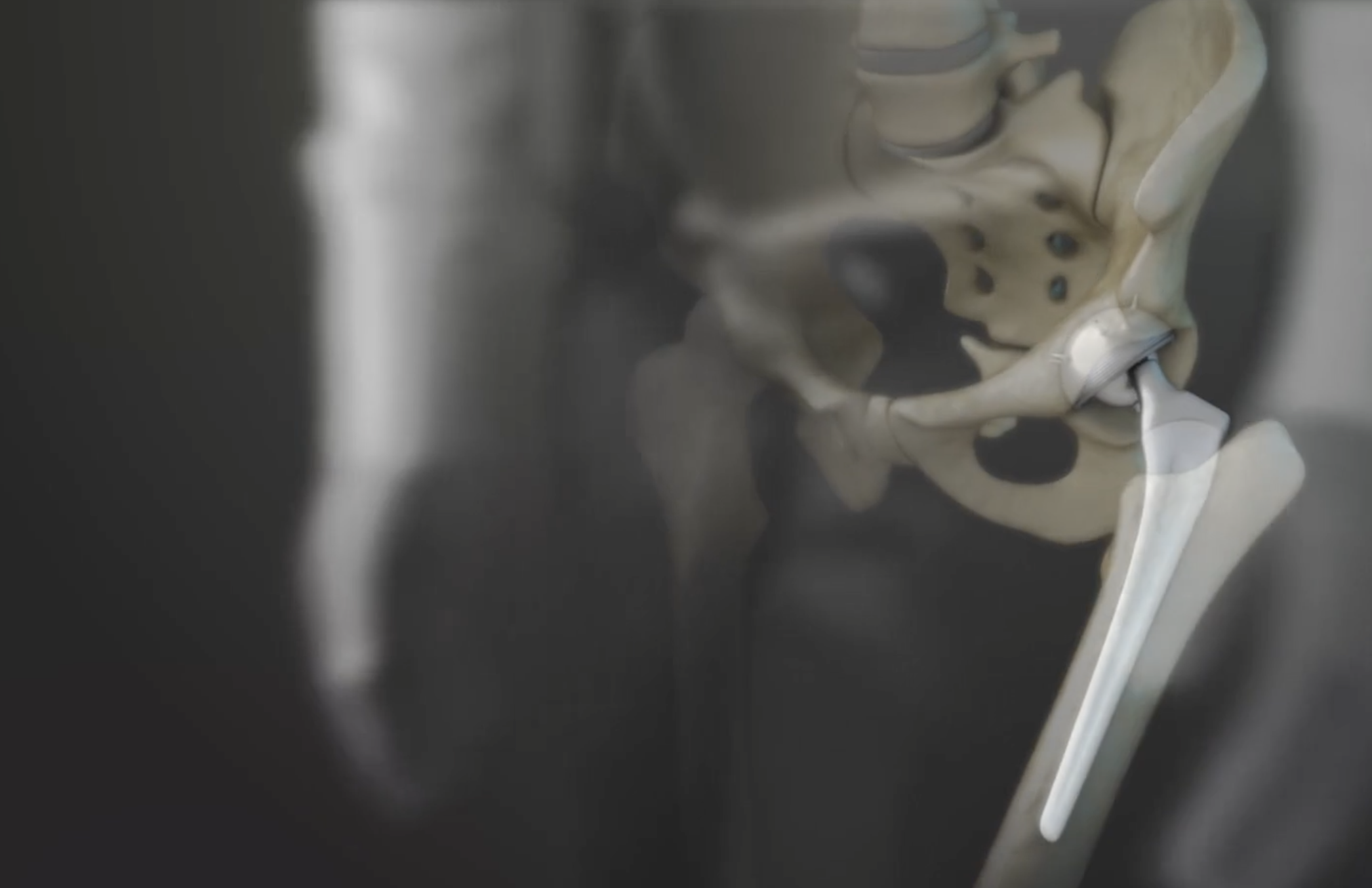 3D animations are useful for explaining procedures, training or showing how a medical device works.
3D animations are useful for explaining procedures, training or showing how a medical device works.
Useful as a training tool
Applications for training and marketing use make it possible to freely move around or be stationed at selected camera points to go through, such as training checkpoints. Virtual reality can create a genuine sense of space with all elements in that space seen in their correct proportions – long before the environment is built. Interactivity as well can be added to applications. Editing and adding content later is also quick and straightforward to do.
Virtual 3D showrooms can empower customers to make faster purchasing decisions without needing to visit an expensive-to-create physical showroom.
Virtual Showroom is a platform on which a company can be present in its own showroom or booth. The demonstration space can be as large or small as required and can be viewed in cloud-based video or in 3D using immersive VR glasses. Virtual Showroom brings completely new opportunities for companies to present both future and current products, globally, in a realistic and detailed way. This can even be done remotely. For the viewer, it offers a distinctive and memorable experience.
Reform is UP’s partner company, which makes industry-leading Virtual Visualization implementations for companies. Learn more about Reform.
Examples of visualization projects from Reform and UP Finland
To find out more, contact UP Finland.
